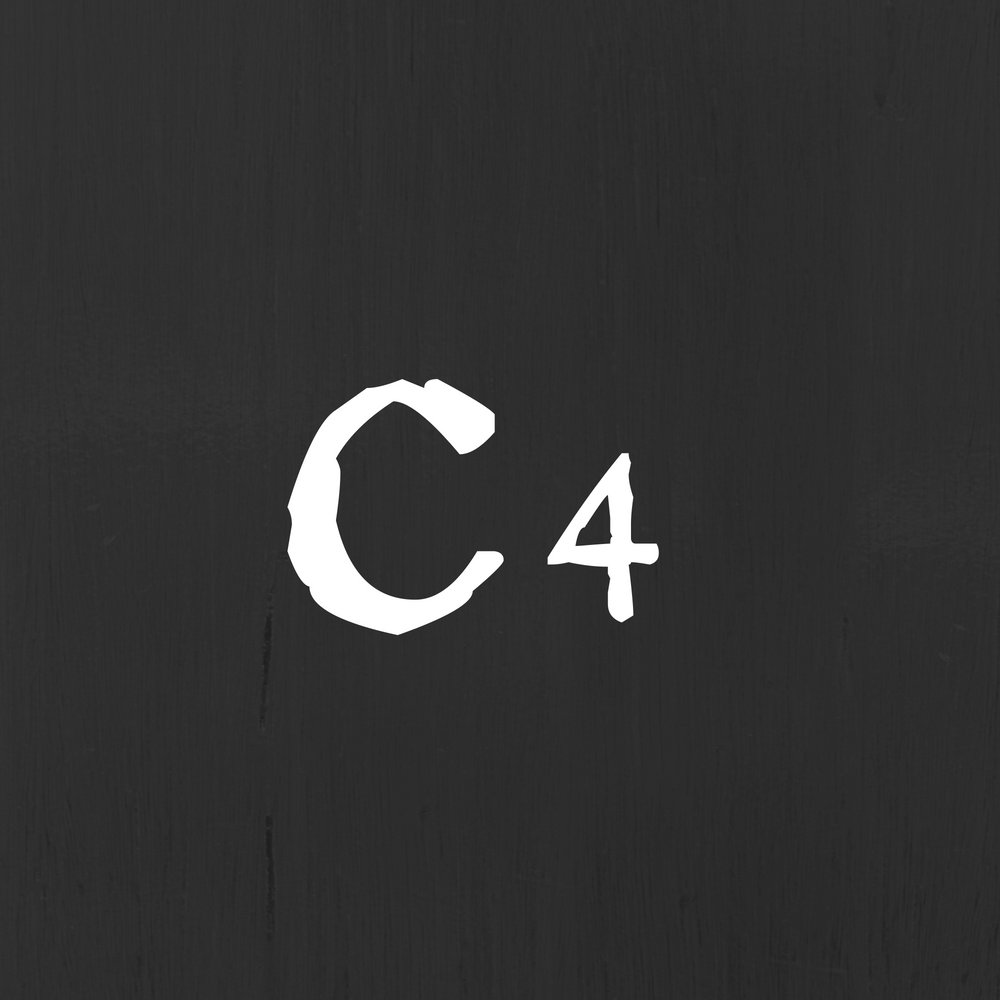WRITING THE NUN’S BODY
CORPOREAL FEMINISM, ÉCRITURE FÉMININE, AND MONASTIC PRACTICE
DOI:
https://doi.org/10.21153/351dcj66Keywords:
corporeal feminism, écriture féminine, lay sister, nun, practice-led research, cixousAbstract
This essay explores the production of corporeal writing through a creative writing-as-research methodology, with the latter aiming to develop a narrative of the bodily experiences of a fictional 1960s Catholic nun. This essay engages with Elizabeth Grosz’s proposed framework for a feminist corporeal subjectivity, and Hélène Cixous’s notion of écriture féminine. Cixous discusses such writing as something that comes from the body; it is not a technique per se but a way of being-in-language that attempts to bypass traditional modes of language and engage with the female self – and the language of that self. It is within this context of écriture féminine that I will discuss the creation of the narrative ‘Consumption’. This essay explores the ways in which the methodology constitutes an attempt to create a protagonist with modes of language derived from an embodied, sensorial practice that resist, in a small way at least, traditional literary discourses and patriarchal processes.


